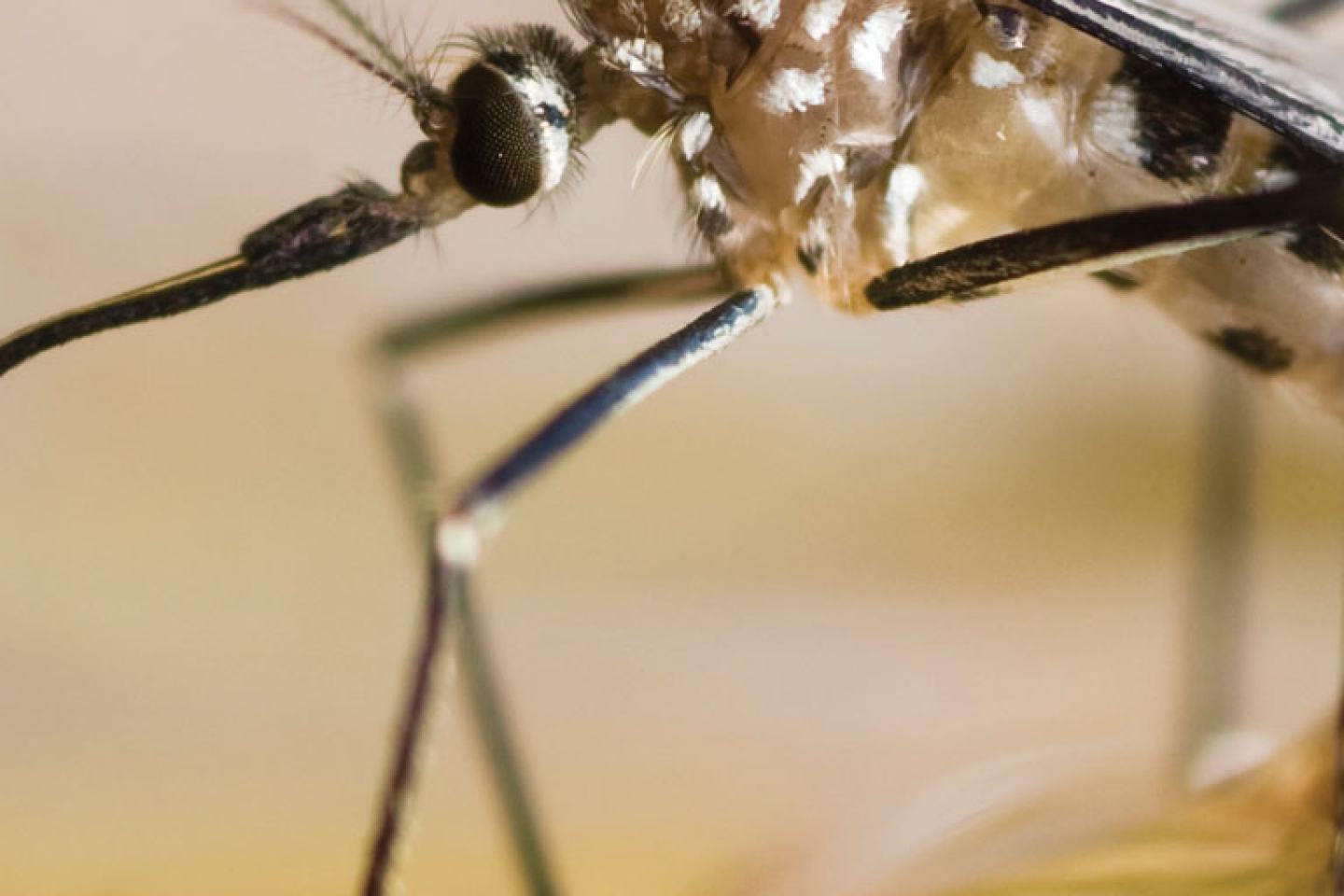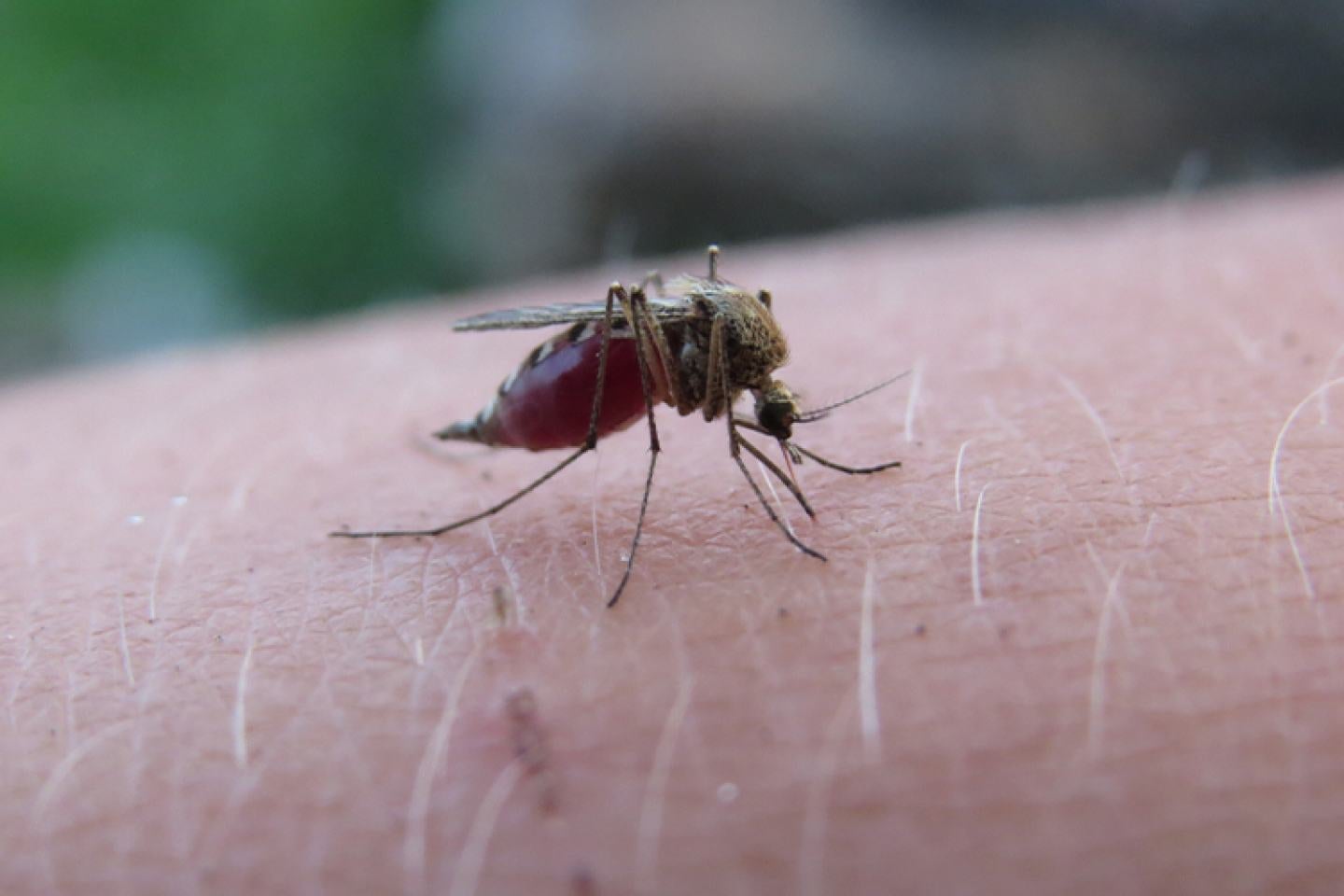Overview
Spiders are 8 legged arachnids that have 2 distinct body regions the head or cephalothorax and the abdomen. Spiders can have 2, 4, 6 or 8 eyes and lack antennae. They do have a pair of palps for manipulating food and chelicera (fangs). Spiders can also spin silk, and some are elaborate web builders. There are approximately 35,000 species worldwide with 3,000 species in North America. All spiders are predators that will ambush or capture their prey in a web. Spiders are not typically pests as most will feed on insects and other arthropods. Spiders become pests when dangerous species enter our homes. These species include Brown Recluse Spiders Loxosceles reclusa , Black Widow ( Lacrtrodectus mactans ) and Brown widows ( Latrodectus geometricus ) to name a few.
Brown Recluse Spiders
Brown recluse spiders, Loxosceles reclusa, belong to the group of spiders known by several names: “brown” spiders, “violin” spiders, “recluse” spiders and “fiddle” back spiders. There are, depending upon who you ask, about a dozen species of “recluse” spiders in the U.S. all belonging to the genus Loxosceles . The name “recluse” comes from the reclusive nature of this spider. Outdoors, it can be found living in tree-holes, under loose bark, stones, logs or any sheltered area, but is rarely found living in vegetation. Indoors, the spider spiders is found in closet corners, under objects and in some cases in clothing and shoes. Distribution is Central-South and Midwest states. They can be transported inside boxes and furniture from states where the spider is common. Spiders in the genus Loxosceles have venom that is potentially dangerous to humans. “Recluse” spiders have a necrotic poison that causes a sloughing off of tissue around the bite site. The wounds can be difficult to heal, with a scar forming in most cases. The venom may also cause a systemic reaction. These spiders only bite people when they are cornered, such as in a shoe or under sheets. Biting is their only defense. These spiders, while generally not lethal, are considered a health hazard. Brown “recluse” spiders have a body approximately 3/8 inch in length and are most commonly identified by a dark marking on the dorsal portion of the cephalothorax. This marking resembles a violin, hence the name “violin” spiders. The neck of the violin points toward the abdomen. The marking may be difficult to see in fully mature adult spiders. The second identifying characteristic is the eyes. Most spiders have 8 eyes arranged in some fashion. Loxosceles have 6 eyes arranged in pairs or dyads, with 1 pair in the front and one pair on each side of the head. Both sexes construct small and irregularly shaped, whitish-grey webs. Females are passive hunters, using their webs to catch prey. Males, however, may leave their webs in search of nearby prey. Infestations are comprised of approximately equal numbers of females and males and include all stages of developing spiders.
Black Widow Spiders
Black widow spiders are found throughout North America but are most commonly found in the Southern and Western U.S. Widow spiders tend to have a red/orange marking on the underside of their abdomen. They are usually found in undisturbed areas, such as woodpiles, inside rodent boxes, under eaves, under outdoor furniture and other cluttered areas. Brown widows are found in the South and West. Brown widow bites don’t tend to be as serious as their black widow relatives. Black widow webs are a bit messy and very geometric. Bites usually occur when humans inadvertently come into direct contact with these webs. Black widow bites are not considered deadly to humans but can result in two puncture marks in the skin at the bite site. The venom is a neurotoxin that produces pain at the bite area which can spread to the chest, abdomen or the entire body. Stomach cramping and back pain are common side effects of a bite. Always read and follow label directions. FMC, FMC logo, and Scion are registered trademarks of FMC Corporation. Demand is a registered trademark of Syngenta Group Company. Onslaught is a registered trademark of MGK Company. Suspend, Temprid FX, and Temprid SC are registered trademarks of Bayer. ©2022 FMC Corporation. All rights reserved.
Treatment
Scion® Insecticide with UVX™ Technology at 0.33- 0.65 fl. oz./1,000 sq ft applied to areas where spiders may hide provides excellent control even out to as much as 60 to 90 days after treatment. Treat areas such as the perimeter around a structure, cracks and crevices on the exterior and areas where spiders are seen.



